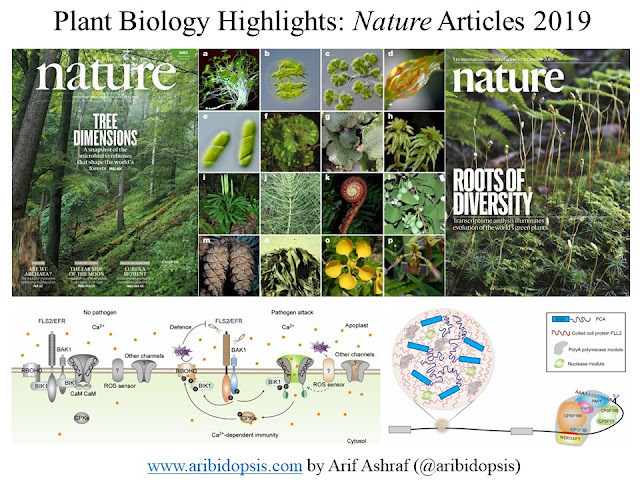Lab Made Story #3
Plants have simply two parts. Shoot and Root. Shoot, above the soil, can experience light and root, below the ground, have no physical accessibility to light. Interestingly, root also contains light receptors, known as phytochromes. First question, why root requires photo receptor under the soil?
When shoot is exposed to light, phytochrome B (phyB) induces the expression of HY5 (Elongated Hypocotyl 5), a transcription factor required for root growth. That provides the clue that light is regulating root growth. The next question is how light is transmitted from shoot to root?
Two possible answers on that case. It's traveling through signaling molecules or directly transmitted through plant. Auxin, Methyl Jasmonic Acid and Sucrose are known to travel through plant tissues in response to light. But, experiments showed that these molecules are not able to induce the photo activation of phyB and HY5.
It left the remaining possibility, direct transmission of light through plant. Hyo-Juu Le and his team simply used a light source at shoot and light detector at root. It has confirmed the direct light transmission phenomenon. Additionally, longer wavelength of light (Red) travels much more faster than shorter wavelength of light (blue and green).
Title: Stem-piped light activates phytochrome B to trigger light responses in Arabidopsis thaliana roots
Journal: Science Signaling





Comments
Post a Comment